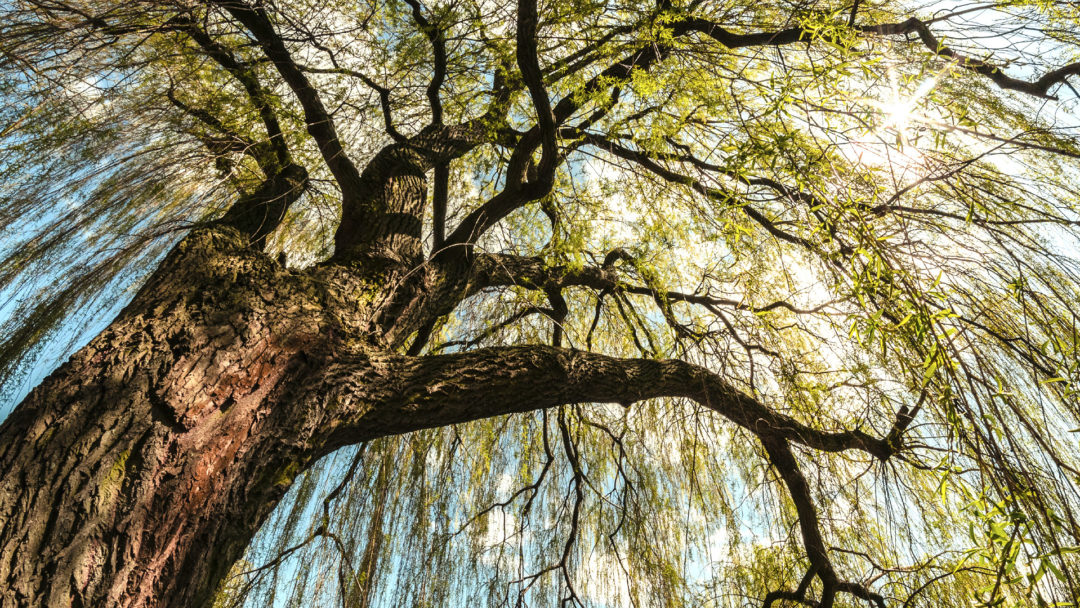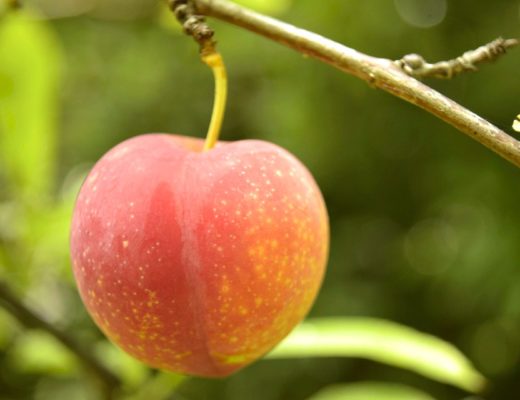Salix babylonica
Native to China, the Weeping Willow is a remarkable tree for its distinct, weary appearance. It is most commonly found along the water’s edge in parks and large landscapes because of its love for moisture. Although not recommended in residential landscapes because of its invasive root system, the weeping willow is still a tree of interest in public spaces. It is said that the tree fooled botanist Carl Linnaeus when it was found along the Euphrates River and thought to be the willow of biblical mention, leading him to name it the scientific name of babylonica.
In addition to its graceful form, the weeping willow tree is a nesting site for numerous birds and mammals. Big game, rabbits and beaver browse the tree for food.
Here are a few things to note if you’re considering planting one in a green space.
Environmental Conditions
- Does best in clay, loamy, moist, rich, sandy and well drained soils and is somewhat drought tolerant (hardiness zones 6-8).
- Is a fast growing tree, growing up to three feet a year and reaching 30-40 feet at maturity.
- Does well in full sun and partial shade.
- Note: It is an invasive species, avoid planting near sewers and water lines, it will naturally grow towards water.
Physical Attributes
- Has long and narrow lance-shaped leaves extending as much as six inches.
- Most notable for its drooping leaves and branches.
- Has a gray, deeply furrowed bark.
Tag us in a photo of your weeping willow!




